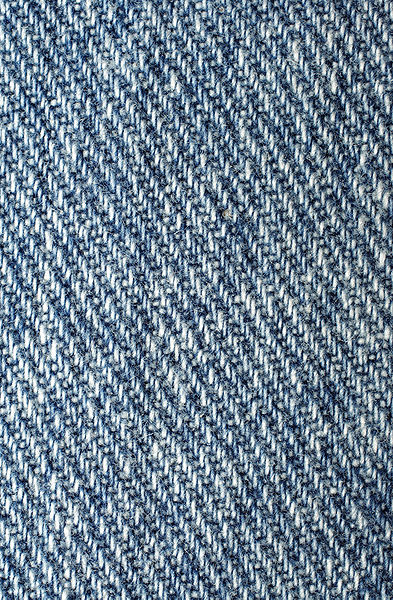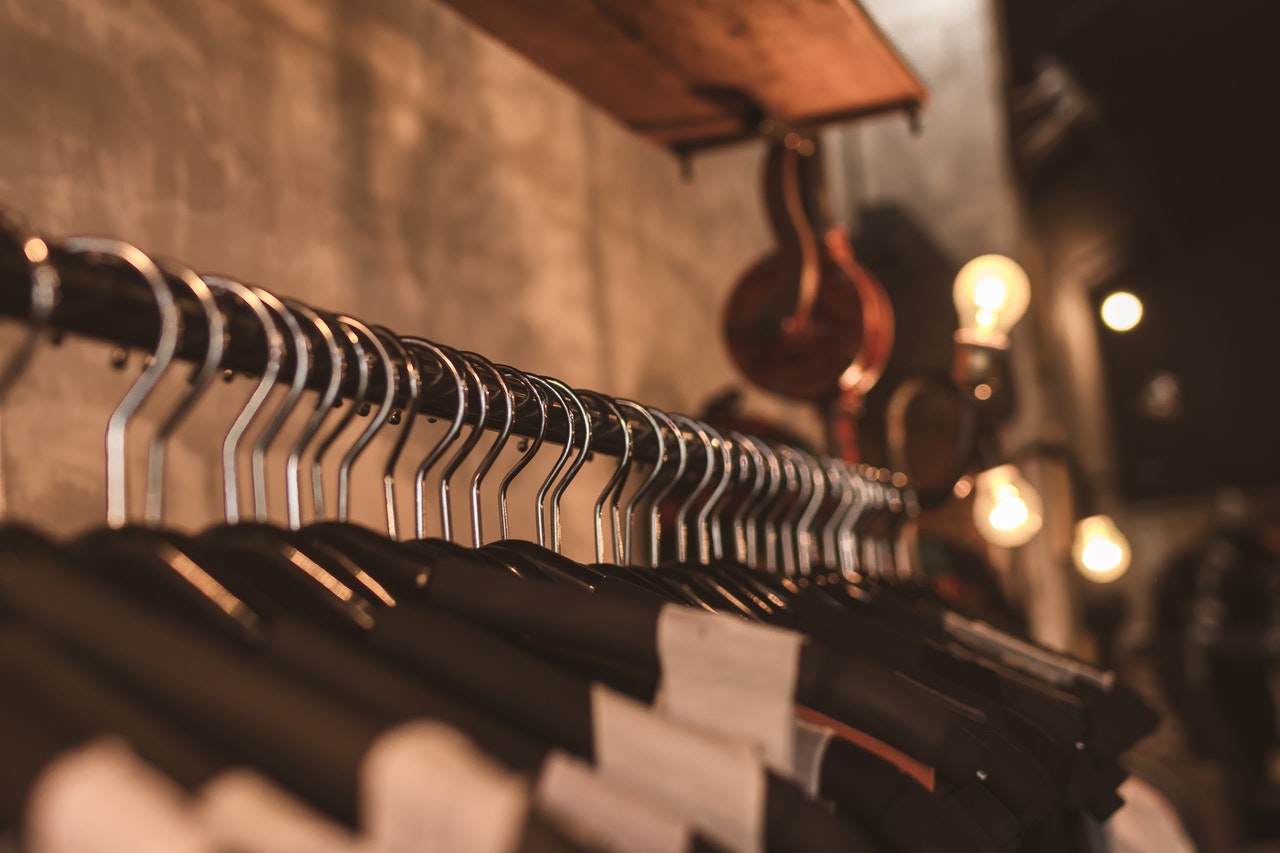Denim is one of those fabrics which we are so familiar with that we never take the time to think that deeply about it. A perfect pair of jeans is an essential in everyone’s wardrobe, and over the years we’ve all worn denim shirts, skirts and jackets too. The denim production industry is one of the largest sectors of the fabric market but how is it made?
Cotton
The raw material for denim is cotton, and we’ve been making clothing out of this plant for 7,000 years. Cotton is grown across the tropical and sub-tropical areas of the world, but nowadays most of the cotton used to make jeans and other items of clothing comes from China, India and the United States. Cotton as a crop is very weather dependent, and in recent years poor harvests have driven up prices, meaning the £4 pair of value jeans from the supermarket might be a thing of the past. Once the raw cotton bales have been purchased by the denim manufacturers, it is taken off to be processed.
Weaving
First, the cotton fibres are spun into long threads. Some of the threads are dyed the very deep blue we associate with denim and others are left white. The threads are then woven together into a twill fabric which we know as denim. If you look very closely at your favourite pair of jeans you’ll be able to see these dark fibres interlocked with the white threads to make up the twill. The way in which the fabric is made is what makes it so sturdy and means that items made of denim are hard wearing and durable. The denim fabric is wound onto huge bales and then shipped off to the clothing factories to be turned into jeans, denim jackets, bags or shirts.
Cutting and Sewing
Most of the factories which churn out our denim goods are located in the developing world, and see the process through from the cutting out of the clothing to the packaging up of the end product. Denim is tough to stitch through and needs a skilled pair of hands on the sewing machine and a sturdy needle. Once the garments are stitched together, sometimes they are processed again before hitting our shelves, depending on the fashion of the day.
Washing, Shrinking and Stonewashing
At the moment, a dark denim look is fashionable so once the seamstresses have done their bit, there isn’t much that needs to be done before we wear our jeans. Sometimes a manufacturer will sell jeans which are pre-washed, which softens up the denim and makes them look like you have been wearing them for months. Stonewashing, which was the height of fashion in the 1980s, just means that the jeans are repeatedly washed in industrial sized washers along with sand or stones which wear away at the colour and finish of the denim and give them a lighter, softer texture. Sometimes a manufacturer will use dark coloured yarns to fill in patches on the denim to add creases around the knees or hips to make the denim look worn and weathered rather than new and pristine.
Featured images:

License: Creative Commons
image source
Morag Peers is keen blogger who writes on a number of interesting topics. Find her rpofile now on Google+





